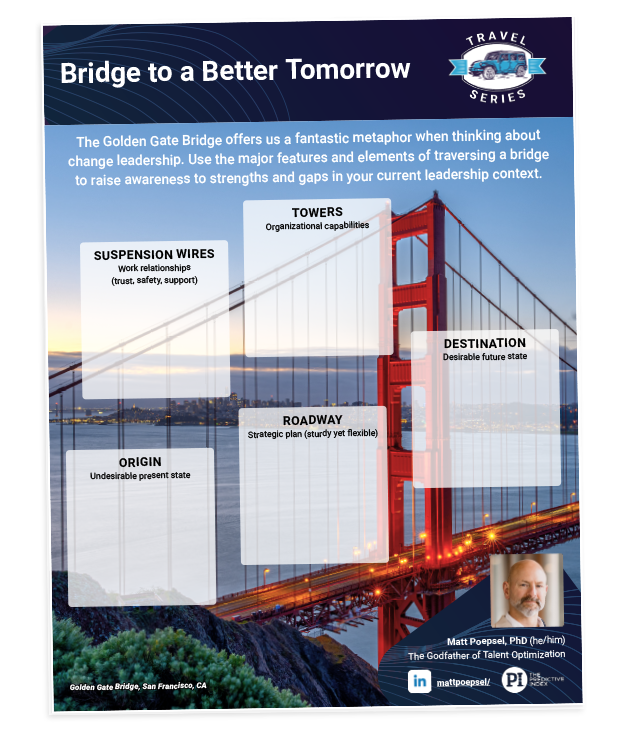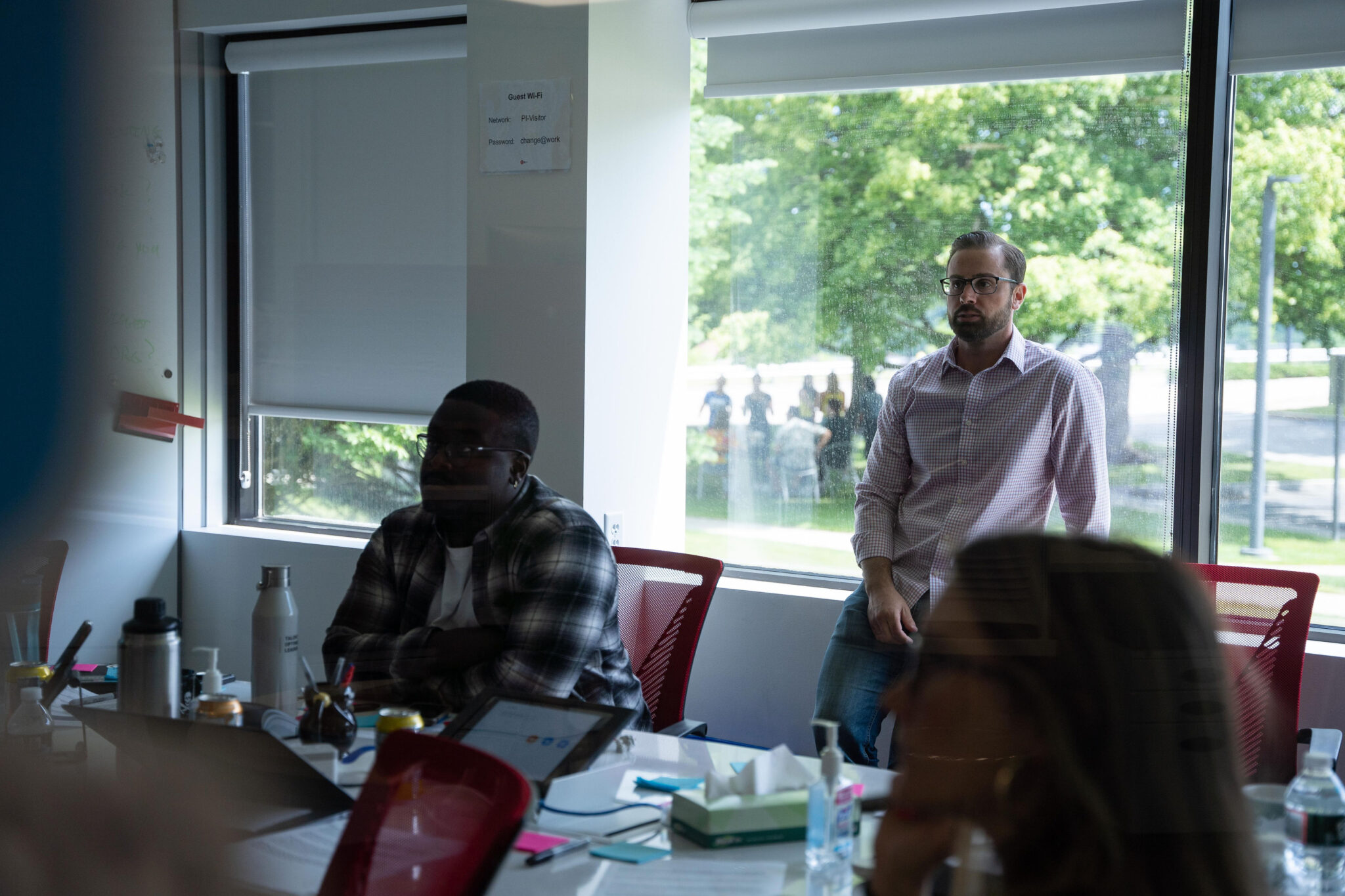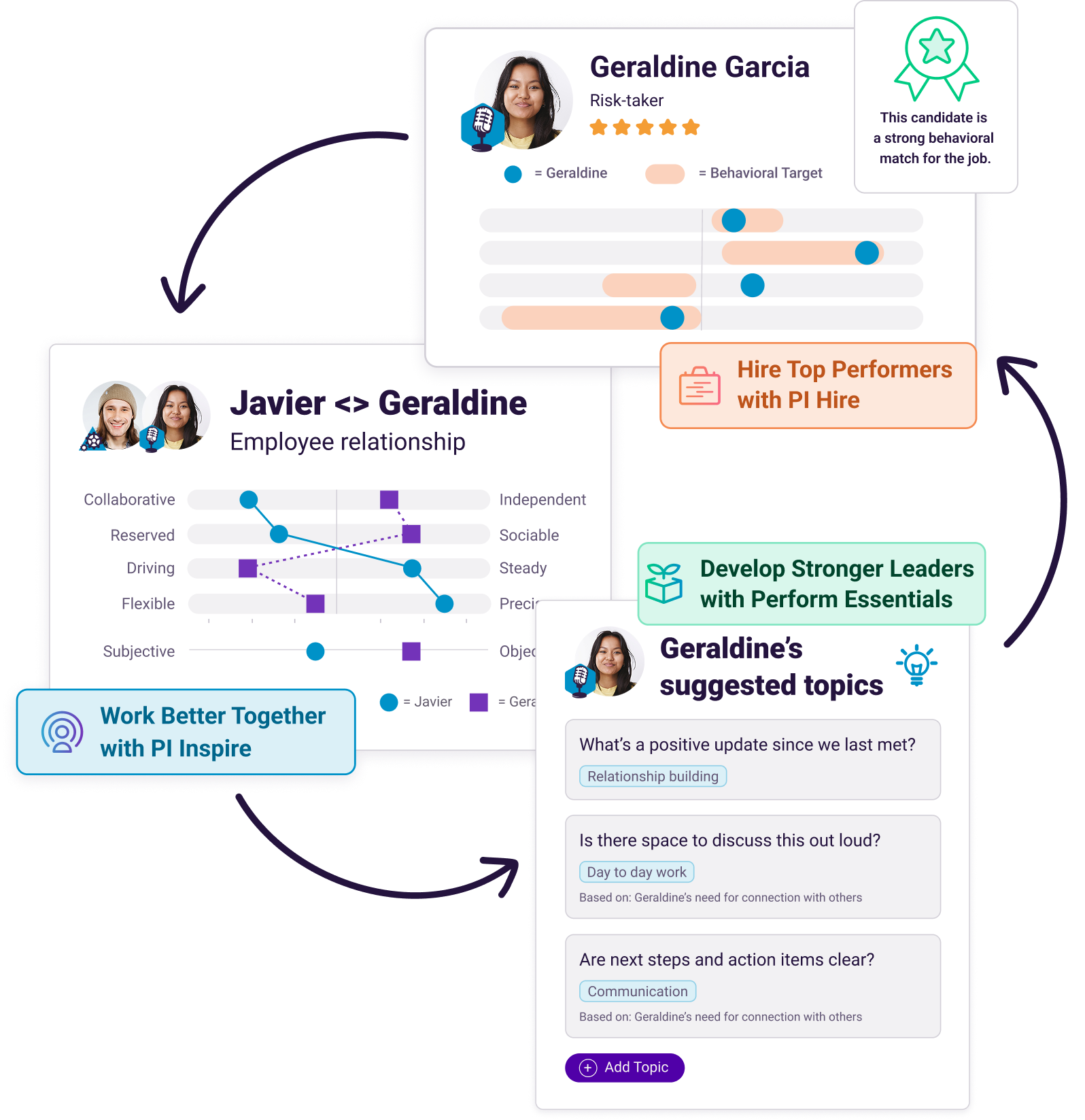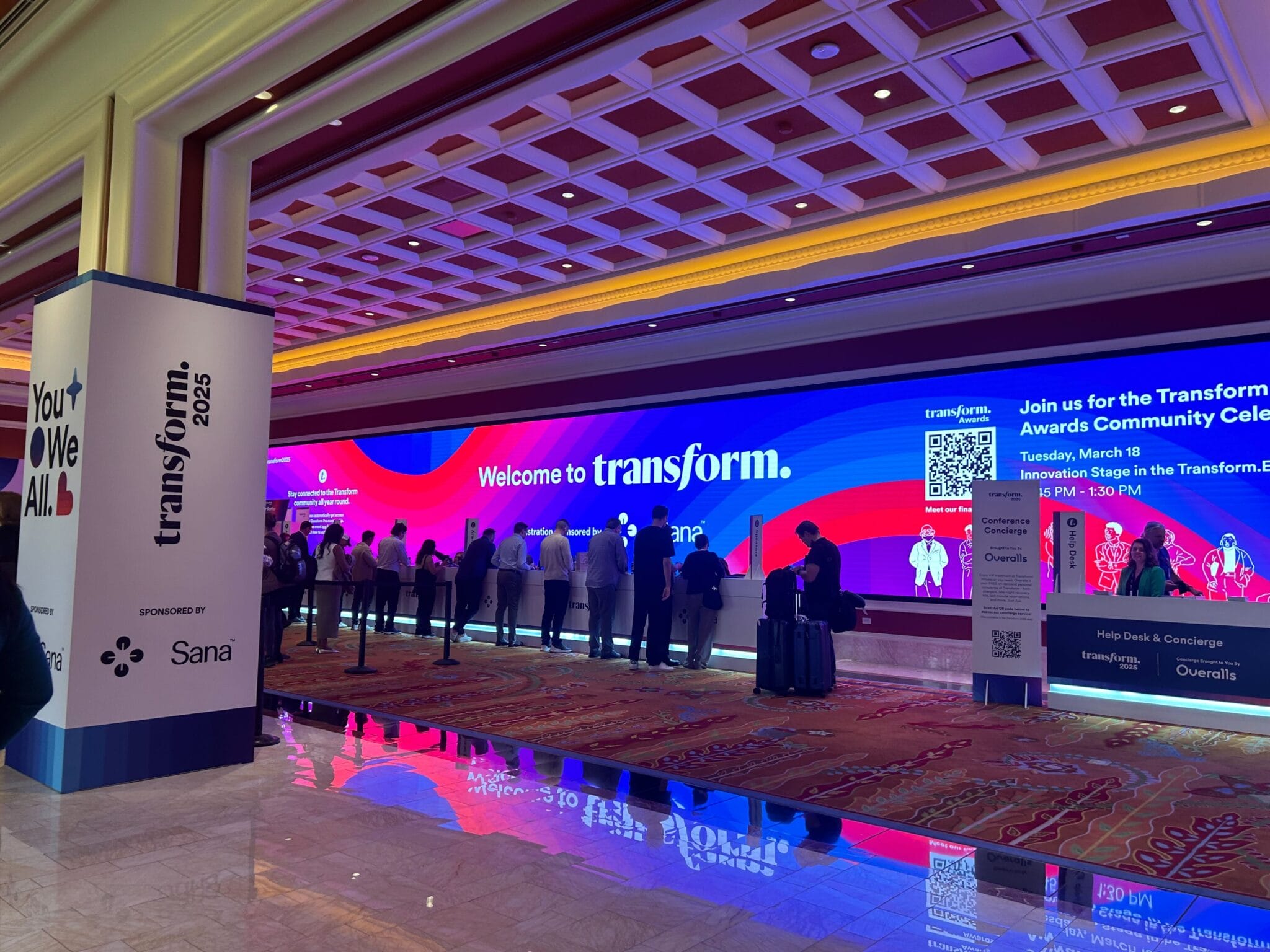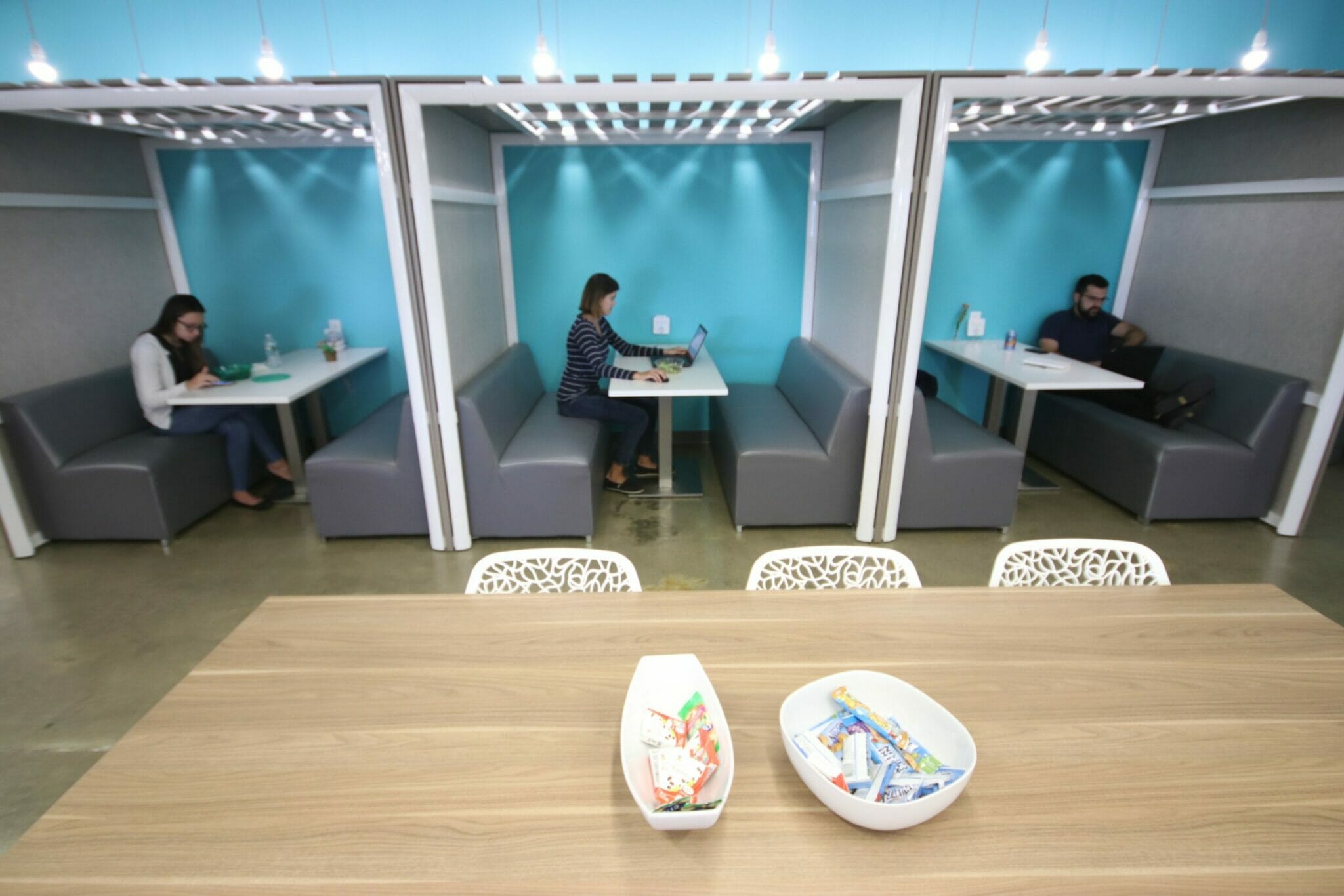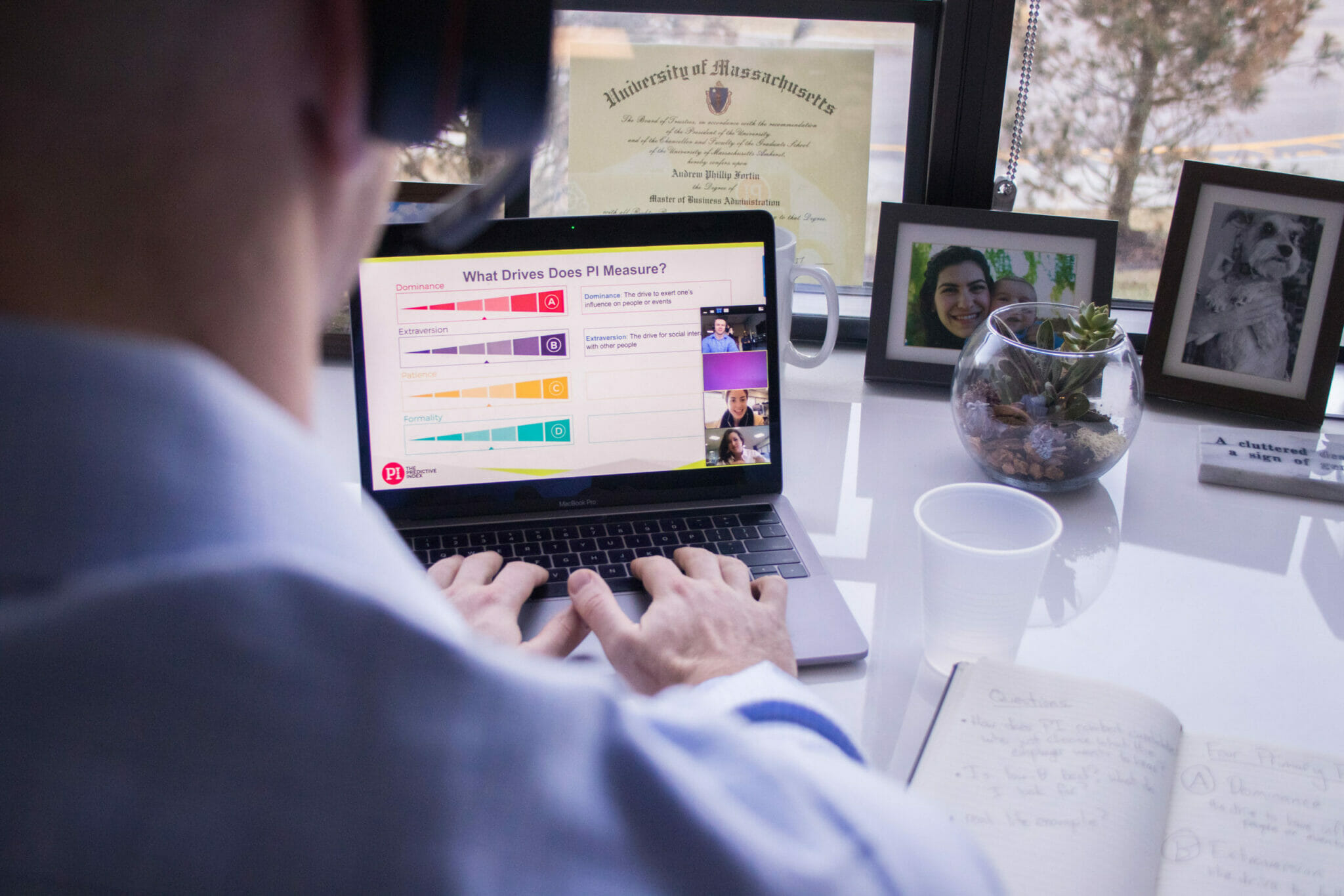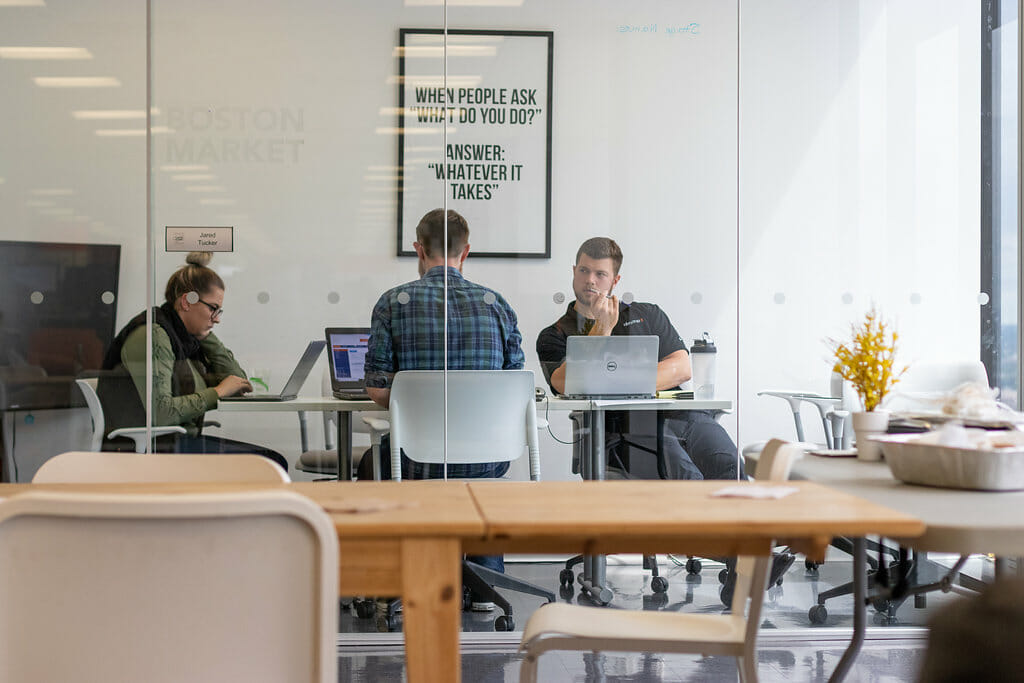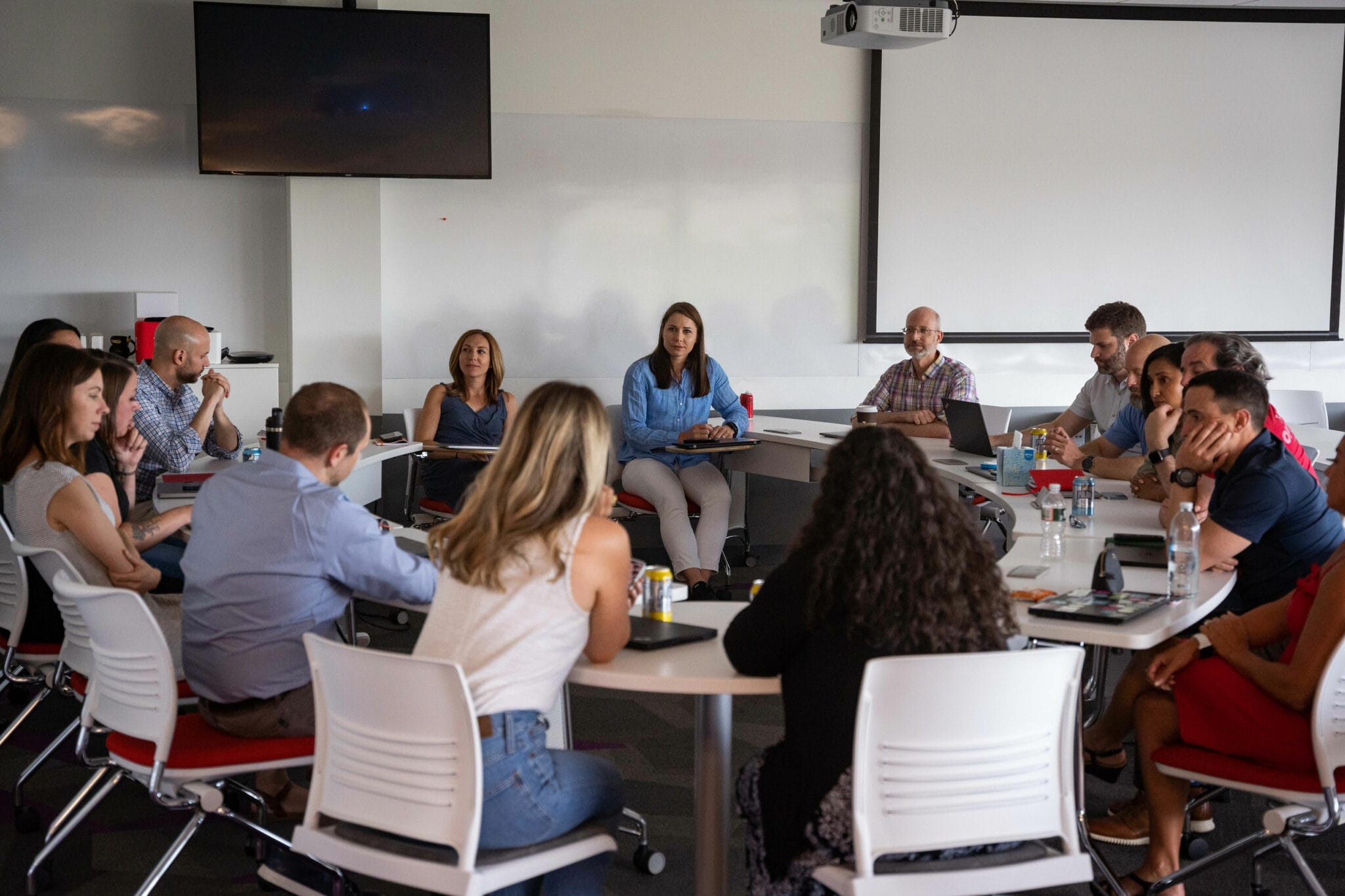First opened in 1937, the Golden Gate Bridge quickly became one of the most photographed bridges in the world. Its 1.7-mile span stretches over the Golden Gate Strait that links San Francisco Bay with the Pacific Ocean. It was intentionally engineered to be as aesthetically pleasing as it is functional.
We should build our change leadership initiatives with a similar level of attention.
Too often, well-intentioned leaders overlook all the elements needed to shepherd workers safely and happily from one side to the other. Without taking inventory of all the critical elements of change, we run the risk of either not making it to our destination or burning through our people to do so.
This is why I drew inspiration from the Golden Gate Bridge to help you identify the most critical elements required for effective change. I’ve included five key considerations to help you examine your leadership context.
Download your copy, and share it with your colleagues. Swap notes and identify any areas that could use a bit more attention.
This is the best way to build a bridge to a better tomorrow.
